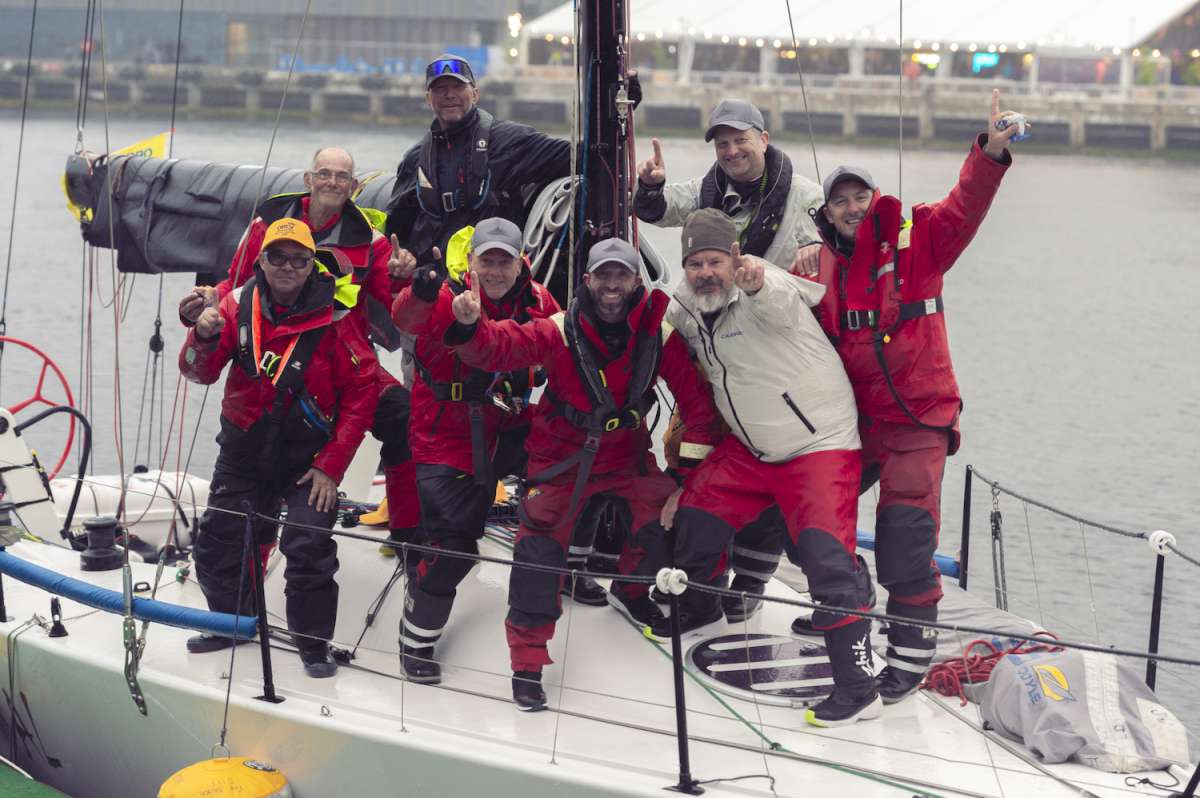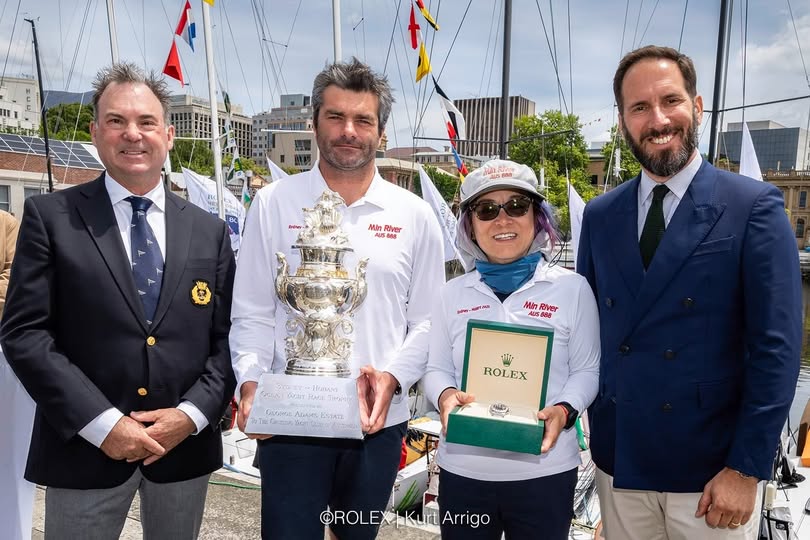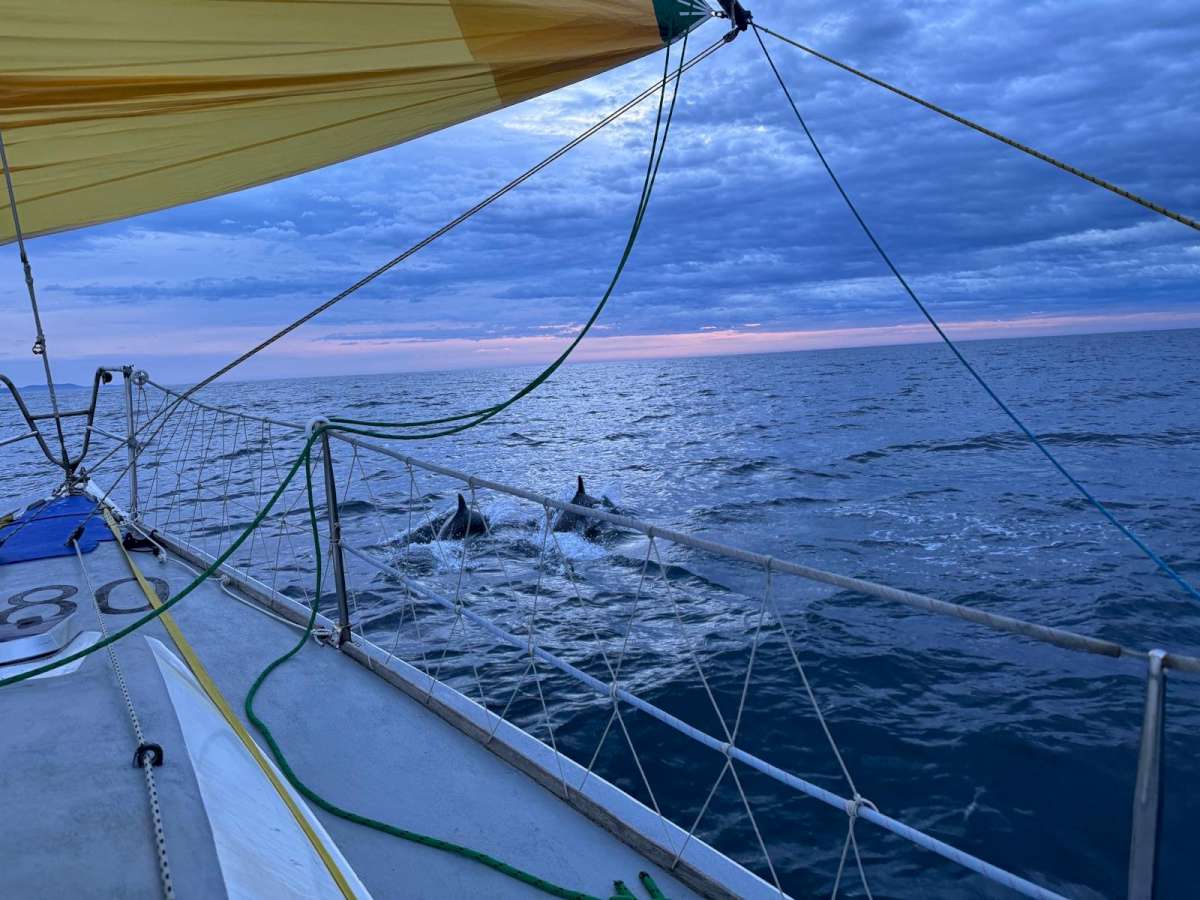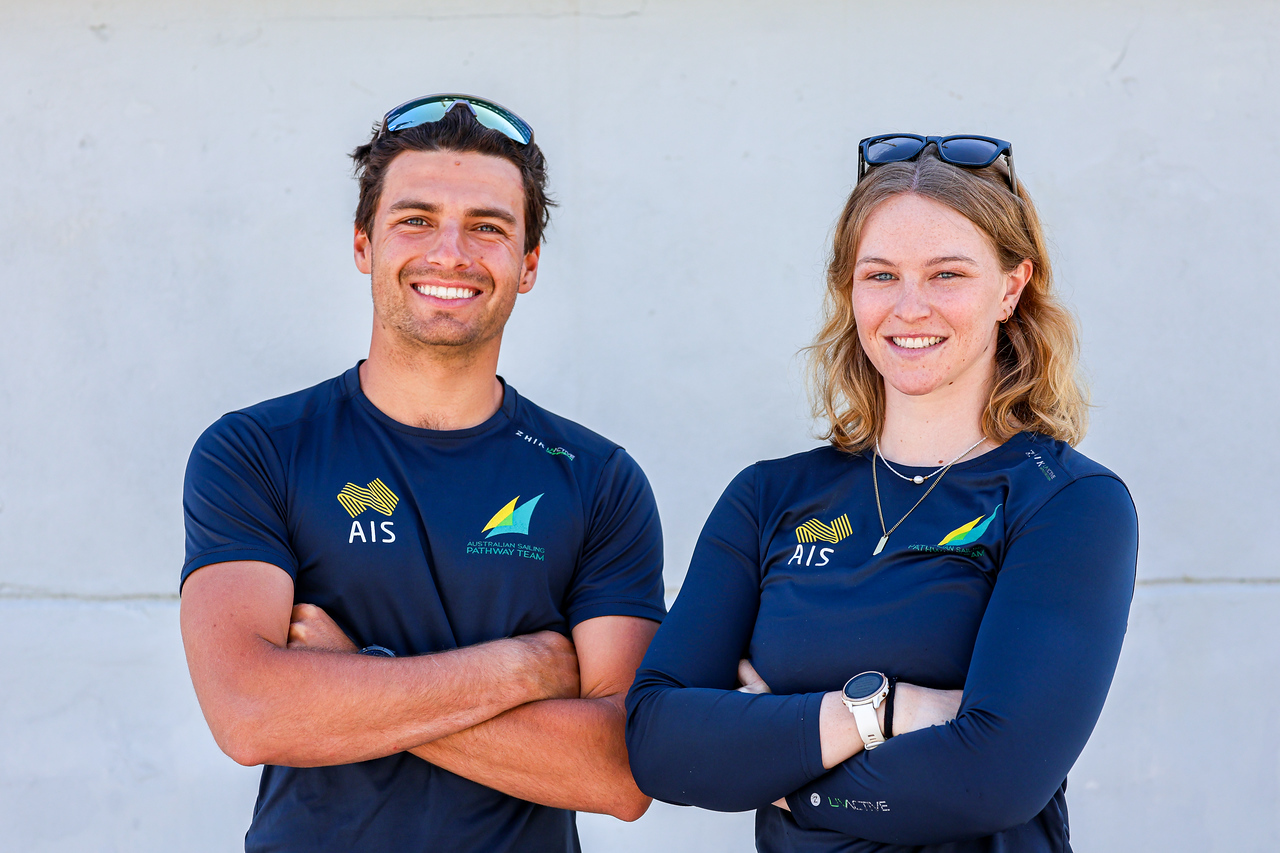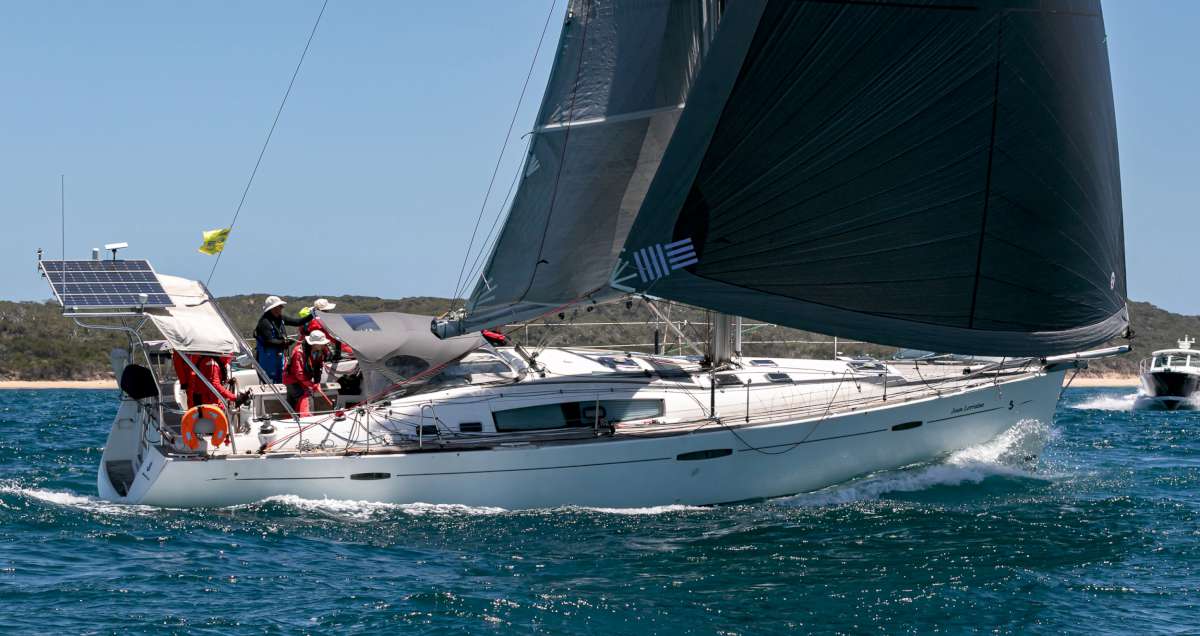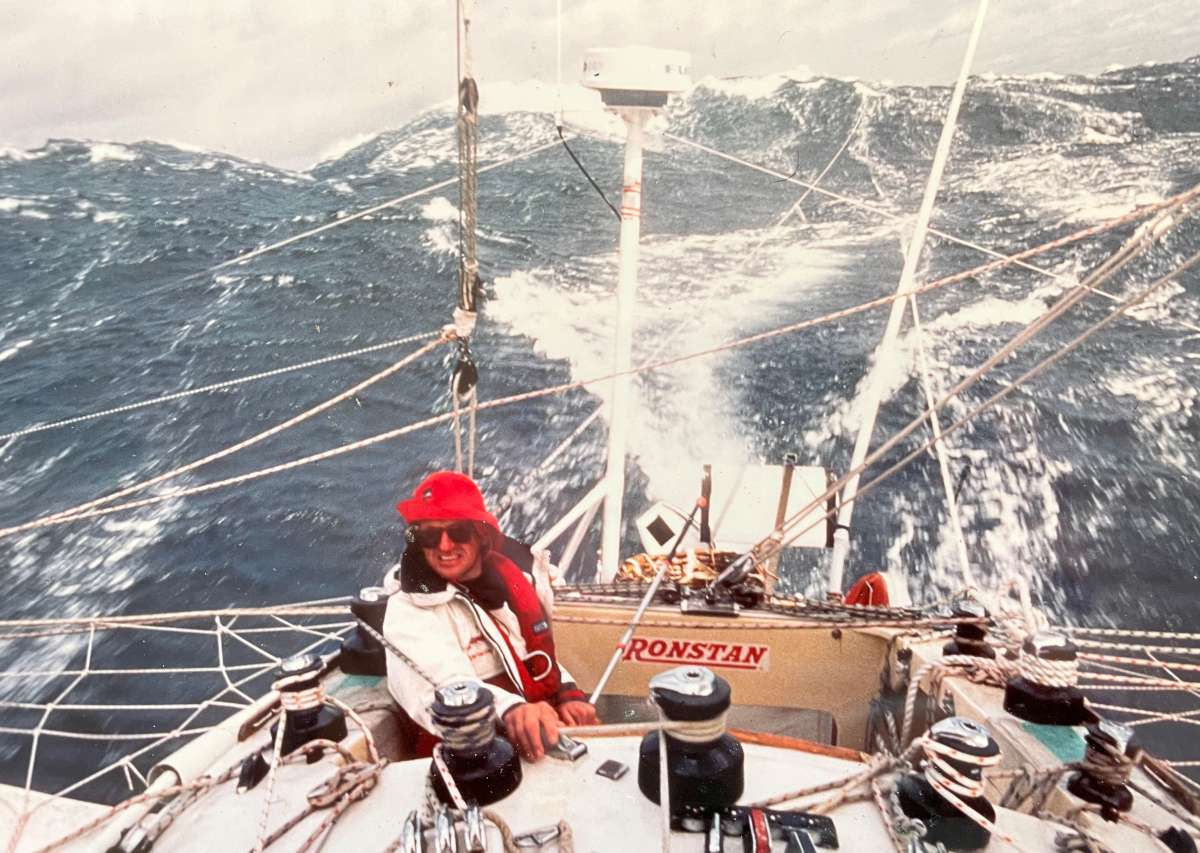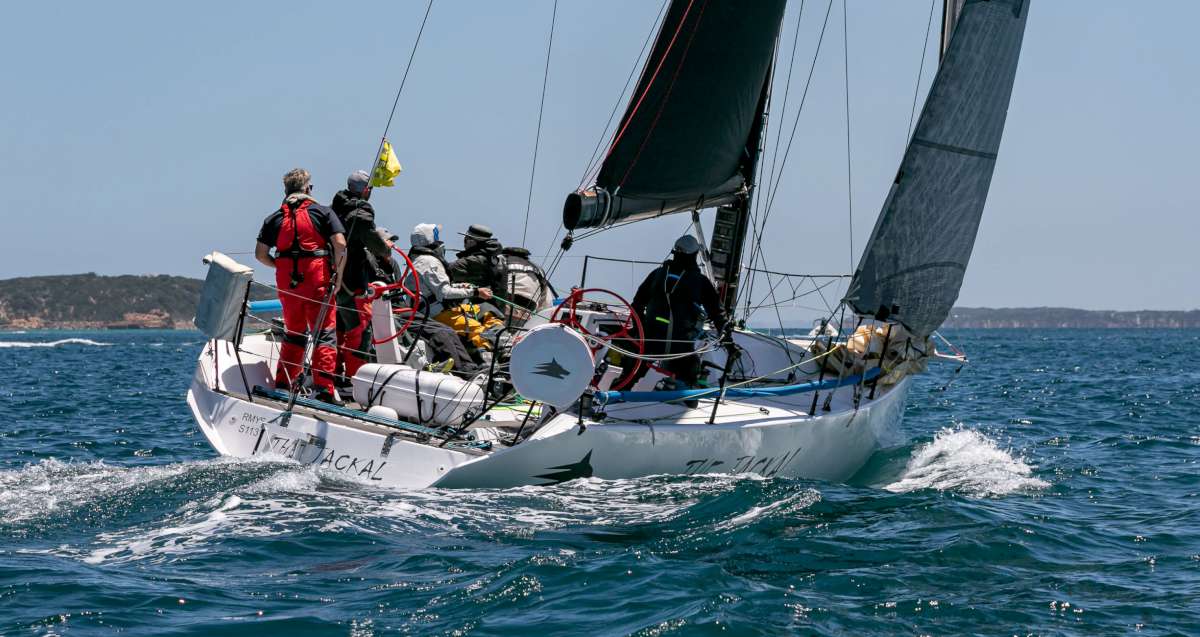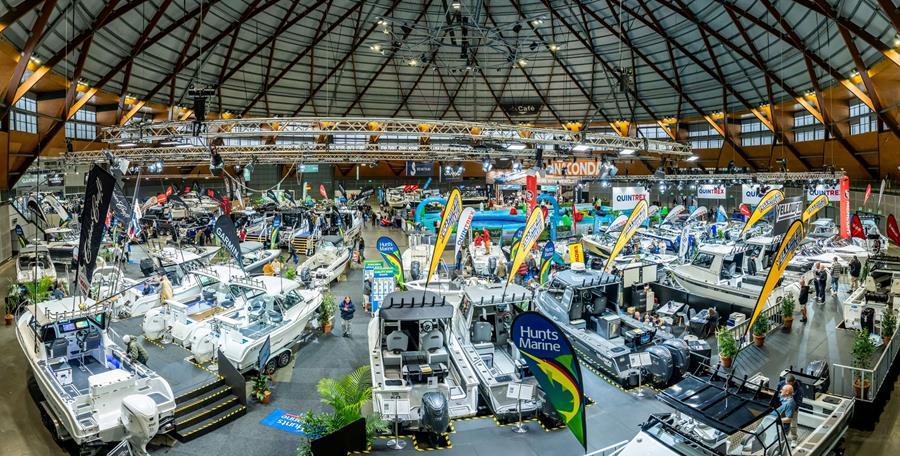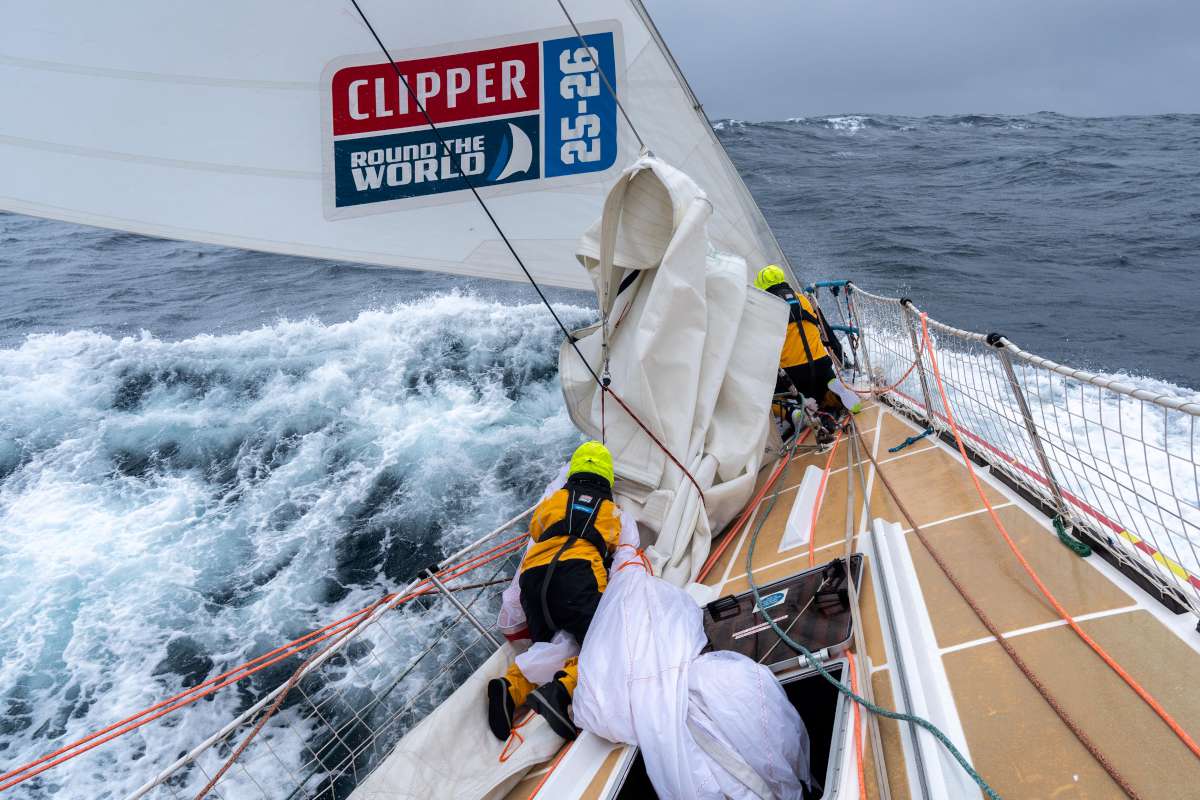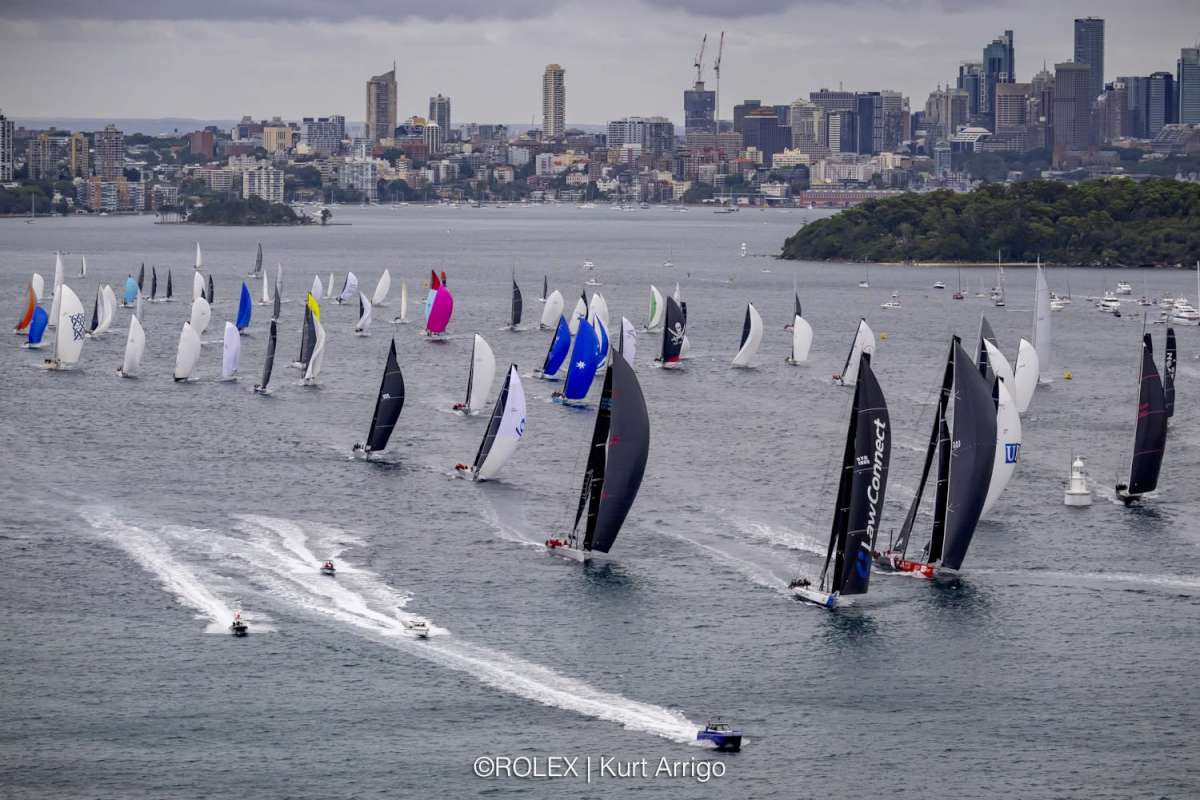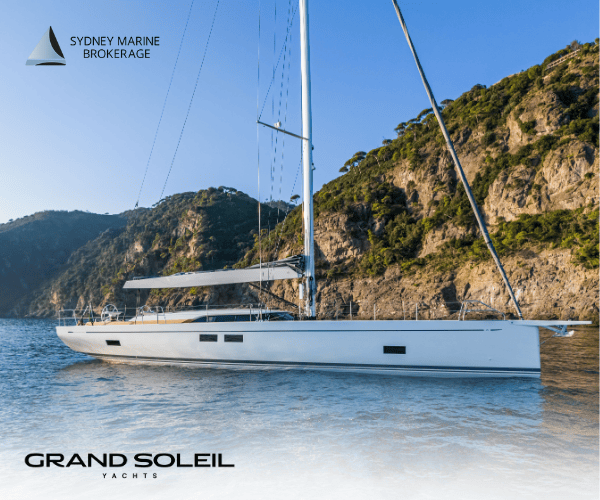Practical: Buying a boat
Putting your yacht into charter is one way of financing the repayments for that brand-new, you-beaut production yacht you've been dreaming of, says Ross Moncrieff, who did just that with his Hanse 34.
In late November 2004, my wife Cynthia and I left our respective places of employment early and agreed to meet up in Monavale on Sydney's Northern Beaches for a coffee before proceeding on to Bayview and our first look at our new yacht.
I had been so keen to take delivery that I even showed my colleagues As we savoured our coffees, I glanced at my wife and said: “Can you believe this ð we actually own a yacht! How did we get here?” “I'm not sure,” she replied. “You tell me. And I hope you know what you're doing with this charter business!”
Chance visit
Our story began earlier that year when I finished a long-running project in March, and decided to reward myself on the last day by leaving the office at lunch-time. My dilemma was that I could either drive up to Newcastle and surprise Cynthia, who was doing a regional visit, or visit the sail expo at the superyacht marina in Rozelle Bay. Although the choice was obvious, I faltered a few times before turning the car down to the harbour and eventually parking in the superyacht complex.
Once on the floating marina, I looked left at the regular display of Catalinas, Beneteaus and Bavarias, then right towards a pier that jutted out perpendicular to the shoreline. This seemed less overwhelming, and before I knew it, my feet had taken me down the walkway to the very end, whereupon I got my first glance of a Hanse. Stepping onboard, and entering the cabin, I immediately liked what I saw. Back on deck, the self-tacking jib sold the boat to me. Then there was the list price ð I could afford this (well ð almost!).
Sunday saw me back at the marina, with my long-suffering wife in tow. “You'll love it!” I assured her, and to my relief, Cynthia did. So, now to organise a test sail. A rather harried dock-hand took down our details and suggested a sail in Pittwater the following weekend, which we accepted with alacrity.
Test sail
The following Sunday duly arrived, and we fronted up at the Bayview marina in Pittwater. The aforementioned dock-hand morphed into the dealership principal, Peter Hrones, and assigned us a skipper for the test, which convinced us we had found the yacht we were looking for: modern and roomy inside, easy to sail singlehanded and almost affordable. How to resolve the later issue preyed on our minds, and we asked our skipper about the possibility of syndication, which was briefly mentioned in the dealership's website at the time. “Well, we're not keen on it any more – it's difficult to get enough people to agree on what they want, so we're not encouraging it,” was the disappointing reply. Now that moment of serendipity arrived. “What about chartering?” I asked. “Are there any options in this area?” “Don't know really,” he replied, “but there is a charter company working next door to us, and I'll ask them how they're positioned when I see them next.” From such innocuous moments are major events born.
No sooner had I arrived at work on Monday, than the phone rang. Our test skipper was on the line, and he had already spoken to the charter company ð they were interested in a new yacht joining their fleet, particularly in the smaller-size range. Although we knew nothing about it, we seemed destined to go down the path of owning a charter yacht.
Chartering
Many people ask us why we even contemplated the idea of buying a boat with the specific intent of chartering it. Wouldn't people (charterers) wreck it? What about just jumping on board whenever the fancy took us? Is it really an investment? What did we know about chartering anyway? Some of the questions were almost hostile, which I think has something to do with going outside the norm, and thereby threatening another person's more conservative approach to life.
We considered the concept because:
1. I had sailed most Saturdays for more than 15 seasons out of a nearby yacht club. Although we went out on a regular basis, including winter races, most of the yachts in the club rarely left their pens. Out past the swing moorings, and th…
2. I already had a regular racing gig, and was keen to maintain it (I'm now in my 19th season). What I was looking for was a comfortable, easy-to-manage cruiser for the off-season that I could enjoy with my wife.
3. We own other “big toys”, such as a 4WD and camper trailer. I know that once the first flush of ownership is over, the initial desire to be playing with the latest acquisition rapidly fades. Then there is the problem of finding enough time to do all the other things in life, like Saturday sport with our sons, trips to see friends and relatives outside of Sydney, even a spot of gardening and lawn mowing just to keep the neighbours at arm's length.
4. My wife and her sisters own a holiday unit that is rented out to holiday-makers. It has endured a little wear and tear over the years, but no one has taken to it with a wrecking ball. With good property management, the unit is probably maintained to a higher standard than if we lived in it long-term.
5. Perceived wisdom cites real estate and shares as the best-performing investments to be made in Australia (and we accumulate these too). However, once you've taken appropriate steps to establish a secure financial base, it's time to have a bit of fun, and if you can make a profit while enjoying your past-time, then this has to be a winner.
Critical components
Between our first meeting with the charter company principals and the first charter nearly 18 months later we learned a lot about the charter business. Two critical components that we had to get right ð and on which we took a lot of advice – were:
1. Getting the yacht set up appropriately, and
2. Establishing a viable business plan.
Once we had decided on ordering a new Hanse 342, the dealer and the yacht charter company put their heads together, and advised us on the best configuration. This included selecting the aft twin-cabin arrangement rather than just a single cabin and adjoining lazarette so that the boat can accommodate six people at night. For personal use, I'd prefer the lazarette, but it was now time to make business decisions. Another major consideration was investing in a more expensive toilet with a macerator. Later, we modified the grey-water tank by removing the supplied tank, and installing a new, much larger plastic holding tank inside the cupboard in one of the rear cabins. Having enough grey-water tankage in a charter yacht is a bigger issue than holding enough water or fuel. Many other small changes were incorporated, based on the experience gained by the charter company over many years of operation, with a view to keeping the boat simple and self-contained.
Getting the yacht in survey
One other major aspect of yacht preparation was to ensure sufficient funds were set aside to get the yacht into survey. Ours was only the second Hanse to be surveyed for charter in NSW, and the process turned into a marathon affair.
In addition to the usual requirements (you can always pick a former charter yacht by the three strands of safety lines running around the deck), we had to strengthen the cabin roof with an extra stringer and tape the inside mouldings to the hull in place of the original daubing approach (and this meant taking most of the furnishing and lining out – not cheap!). In total, we encountered 11 months of delay while first one shipwright, then another advised on different enhancements. While frustrating, there were two big pluses ð we got to use the boat just for ourselves while it was brand new, and we really got to know the various individuals associated with the charter company and the Hanse dealership. Their assistance and perseverance eventually got us over the line, and now many of the issues we experienced have been ironed out. Today, a Hanse can achieve a survey certificate as readily as any other production yacht.
Viable business plan
Establishing a viable business plan was very critical at the time, because the Australian Tax Office (ATO) had recently taken a strong interest in charter operators. Here we received enormous help from our financing company, who provided a set of spreadsheets that enabled us configure all the variables (days in charter, days used privately, anticipated expenses, hiring fees and so on) with a view to ensuring we met the requirements of the ATO. Basically, we need to secure 80 days of charter each year, with around another 30 days of private use (yes, incredibly, using it ourselves has a positive effect on the balance sheet!). These templates were designed by a consortium of interested businesses keen to see the charter industry survive and prosper and can be obtained commercially.
Does it work?
After two seasons of operation, how do we view the decision? Well, it seems to work for us:
1. The charter season in Pittwater runs from around Father's Day (early September) through to Mother's Day (early May) – so does the racing season. Our requirement for a boat to use in the off-season complements the charter season nicely (and Pittwater is comparatively empty in the off-season).
2. Using it for 30 days a year is quite a challenge. We actually have to plan our time and make sure we use it. I'm sure we use it more than if we just waited for a whim of the moment to inspire us. Naturally, we try to avoid long weekends, school holidays and the like, but not to the point of total exclusion. We can see the current bookings online, and make a last-minute decision if the boat is not in use.
3. The yacht is well managed and serviced on a full-time, year-round basis. We book it just like a charterer might, and when we turn up at the marina, the yacht is ready to go, with the engine warmed up, the fridge cooled down, and fresh pressed sheets on the beds. I keep an eye on the maintenance as well, and list any detail that needs attention (little holes turn into big ones very quickly, so it pays to keep the boat up to scratch).
4. No one has wrecked the boat. We did get a knock on the mooring that scratched the gelcoat ð these things happen. Some gear wore out unexpectedly, such as the anchor windlass. We took the opportunity to upgrade it rather than repair it.
5. Financially, we cover all our costs from the charter operation and ð depending on the extent of maintenance and repairs – make a small profit, as required by the ATO. Recently, the ATO relaxed the stringency of profit-making, inline with hobby farms and similar lifestyle pursuits.
We've also met many wonderful people, had some great experiences, and enjoyed ourselves thoroughly – a great investment.
Would we do it again?
Now for the acid test: Would we do it again? Well, if I were asked to recommend it to another prospective charter owner, I'd say yes (in fact, we have already). We need to make up our minds in two more years about continuing (our initial agreement with the charter company is for five years). By then our mindset may be focussed on a bigger boat, some full-time cruising, and a more specific set-up based on what we have learnt with our current boat ð sound familiar?
AUTHORS BIO.
Ross and his wife Cynthia live in Cherrybrook in the northwest of Sydney. Ross is an IT manager and Cynthia a public servant. Their longest sailing exploit has been crewing on a return delivery from Hobart. Otherwise their experience is limited to Broken Bay and environs.
Facts and further info:
The Charter Boat Industry Survival Campaign (CBISC) was formed in 2002 as a result of the Australian Tax Office (ATO) announcing it would reinterpret the tax treatment arrangements for boat investors. In 2006 the ATO announced further changes effective as of July 2007. Numerous organisations belong to CBISC, and one member that has helped us considerably is Finlease. Detail on the ATO changes, plus access to the charter business model used by us, can be found at: www.finlease.com.au/boatfinance/TheCharterBoatOverview.cfm
Since starting our charter boat venture, the ownership of our original management company has changed hands, and its name to Smartboating. The latest ATO announcements have encouraged the new proprietor to redevelop the charter arm of his business, and further details can be found by selecting the charter ownership program option at www.smartboating.com.au
Of course, the venture all began with a test sail of a Hanse, supplied by Windcraft – www.windcraft.com.au
Finally, the ATO is a critical primary source of information. Enter “boat hire arrangements” in the search box at www.ato.gov.au
If you take the final plunge, you can also use this site to register in the Australian Business Register to receive an Australian Business Number (ABN), and further register for a Goods and Service Tax (GST) registration number. Initially we opted to complete our Business Activity Statements (BAS) on a monthly basis, but have since altered this to quarterly returns because it gives us a little more time to receive our statement of accounts from Smartboating.




